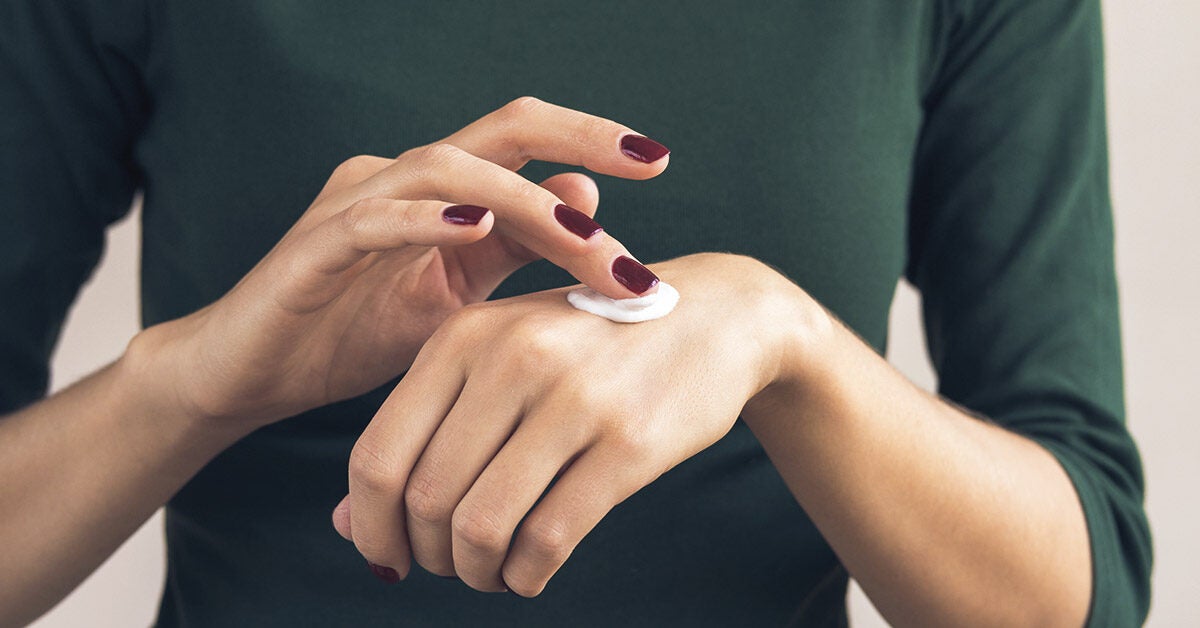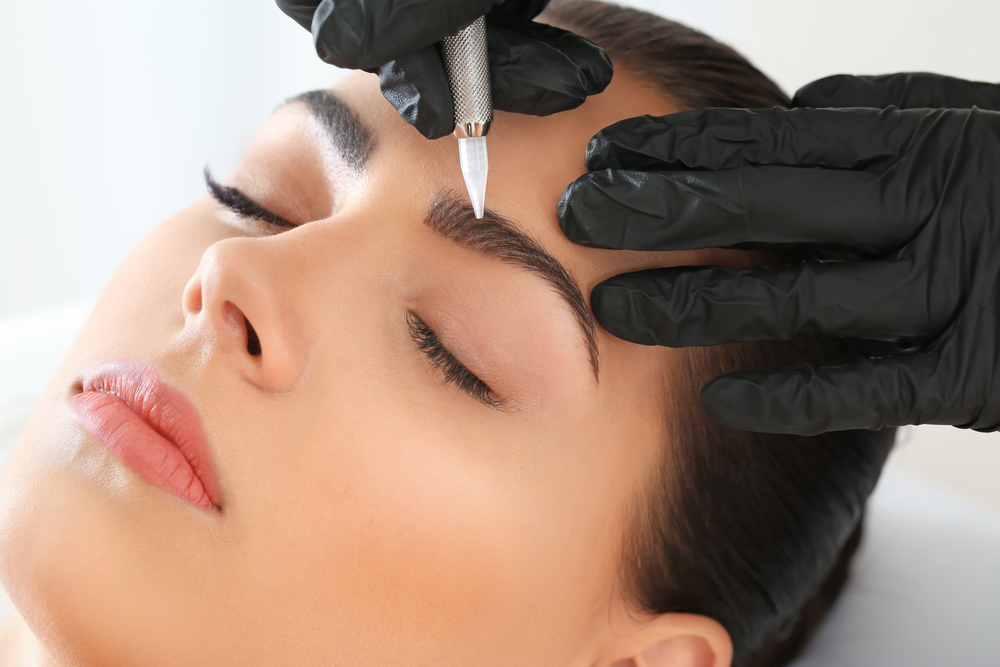Dermal Fillers: What Are Dermal Fillers, How Are They Used, And Who Uses Them?

Dermal fillers are one of the latest trends in aesthetic medicine. There are a number of different types, each with a different intended purpose, including facial dermal filler, dermal filler for the lips, and even dermal filler for the eyes. In this article, we’ll explore how these fillers work and why people use them.
Introduction
Dermal fillers are medical devices that are used to improve the appearance of scars, wrinkles, and other skin imperfections. Dermal fillers are injected into the skin using a syringe or injection pen.
Dermal fillers come in a variety of different types and sizes, and they can be used on any part of the body. Dermal fillers are most often used to treat age spots, acne scars, and wrinkles. They can also be used to correct facial defects such as nasolabial folds (smoothing down the sides of your nose), double chin, and forehead wrinkles.
Dermal Fillers are usually safe for use if done by a qualified medical professional. However, like all medications and treatments, dermal filler injections may have side effects that depend on the individual patient’s unique facts and circumstances. Some common side effects include: bruising, swelling, redness, pain, numbness, and difficulty breathing. In very rare cases, dermal filler injections may cause serious complications, including death.
Types of Dermal Fillers
There are a variety of dermal fillers available on the market, each with its own benefits and drawbacks. Here are four of the most common types of dermal fillers:
Aesthetic:
Dermal filler injections are used to improve the appearance of wrinkles, blemishes, and other skin imperfections. They can also be used to create a more youthful appearance. Dermal fillers can be injected using a syringe or needle to create a temporary correction or for long-term effects.
Medical:
Dermal filler injections are often used in combination with other medical procedures, such as surgery or laser therapy, to achieve specific results. These include restoring volume to thinning skin, reducing the appearance of scars and keloids, treating psoriasis and other skin conditions, and enhancing facial features such as cheekbones and lips.
Plastic Surgery:
Dermal fillers may also be used in plastic surgery to restore lost volume or correct irregularities in the skin. These treatments can improve the look of scars, stretch marks, birthmarks, sun damage (photo aging), wrinkles, age spots, and more. Dermal fillers come in different shapes and sizes and may be injected using a needle or using an ultrasound device that helps guide the injection directly into the desired area.
Methods of Injection:
Dermal fillers are medications that are injected into the skin to create a youthful appearance. Facial Dermal fillers can be used to improve the appearance of wrinkles, age spots, and scars. They are also used to correct ptosis (a sunken look in the eyelids). Dermal fillers are most commonly used by women, but men can also use them.
Dermal fillers are available in a variety of formulations, including liquid, gel, and injection. They are usually injected into the fatty areas of the skin, such as the cheeks, forehead, or chin. Dermal filler injections may be repeated every few months as needed to maintain results.
Who Uses Dermal Fillers?
Dermal fillers are used to improve the appearance of facial skin. Dermal fillers are injected into the skin to create a more youthful or corrected appearance. Dermal fillers can be used in the face, neck, breasts, buttocks, and other areas of the body.
There are several types of dermal fillers: silicone, natural rubber, metal, and plastic. Silicone dermal fillers tend to be the most popular because they provide a natural-looking result with little or no aftercare required. Natural rubber dermal fillers may require more frequent visits for adjustment due to their tendency to set. Metal and plastic dermal fillers offer improved results over silicone, but may take longer to achieve and require additional surgery for removal.

What Should I Know About Dermal Fillers?
Dermal fillers are used to improve the appearance of skin. They are made from a variety of substances, including natural and synthetic materials. Dermal fillers are injected into the skin to change its contours or to reduce the appearance of wrinkles.
Dermal fillers can be used on the face, neck, hands, and other areas of the body. They are often used to replace lost volume in these areas or to correct wrinkles and other flaws in the skin. Some people use dermal fillers as part of a cosmetic treatment plan.
Dermal fillers are safe when done correctly by a qualified doctor. However, they may cause side effects if not used correctly, such as irregularity in the skin texture or swelling. If you experience any adverse effects from dermal fillers, contact your doctor immediately.
Conclusion
Dermal fillers are a popular choice among cosmetic surgeons and patients because they provide temporary but noticeable changes to the appearance of skin. Dermal fillers are injected into the dermis, the layer of skin just beneath the epidermis. They can be used to improve wrinkles, contour features, and augment scars or stretch marks. Dermal fillers come in a variety of shapes, sizes, and colors and can last anywhere from several months to several years.
Recent Posts
 What are Some Common Mistakes to Avoid While Trimming Your Beard?
What are Some Common Mistakes to Avoid While Trimming Your Beard? A Guide to Updating Your Skincare Routine for Summer
A Guide to Updating Your Skincare Routine for Summer 5 Things To Keep In Mind When Ordering From A China Hair Factory
5 Things To Keep In Mind When Ordering From A China Hair Factory Why Moisturising Your Hands Is So Important?
Why Moisturising Your Hands Is So Important? What Is Your Curl Pattern Type, And How Do You Deal With It?
What Is Your Curl Pattern Type, And How Do You Deal With It? Dermal Fillers: What Are Dermal Fillers, How Are They Used, And Who Uses Them?
Dermal Fillers: What Are Dermal Fillers, How Are They Used, And Who Uses Them? How Filorga Optim Eyes Works
How Filorga Optim Eyes Works Reverse Balayage: A Low Maintenance Cost For Beauty in Winter
Reverse Balayage: A Low Maintenance Cost For Beauty in Winter Shape the Brows with efficient Eyebrows Tinting
Shape the Brows with efficient Eyebrows Tinting Different Types of Hair Extensions
Different Types of Hair Extensions
